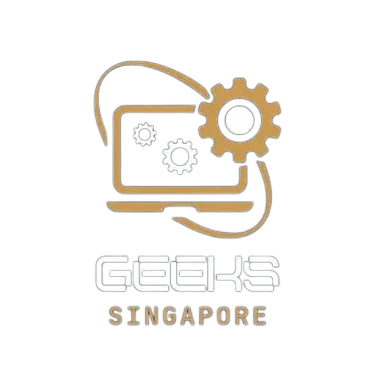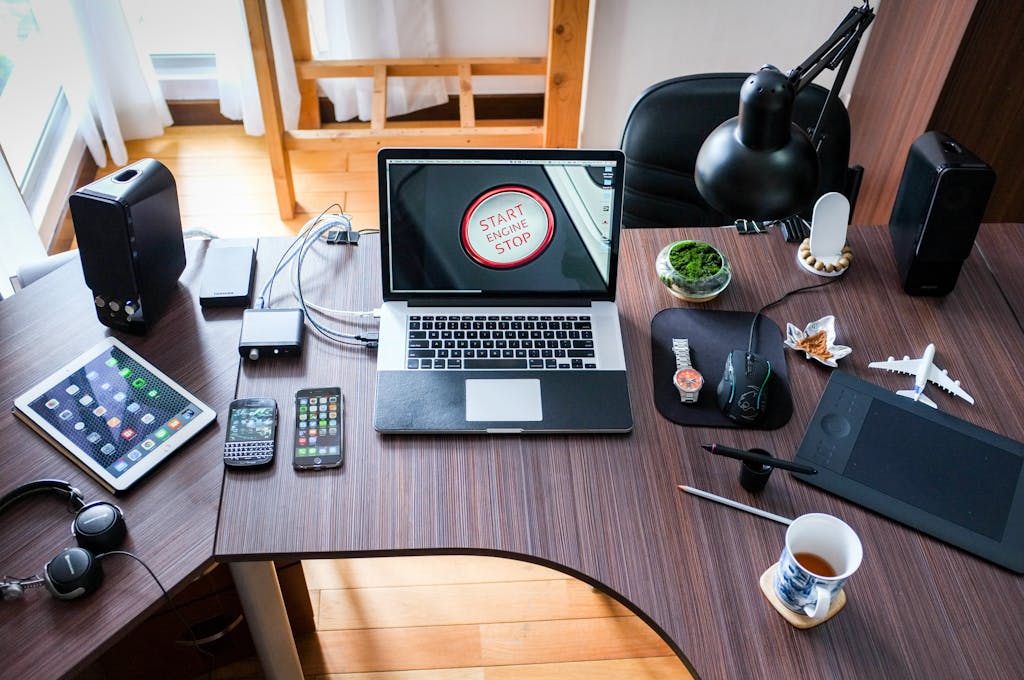Mold may pose a problem that negatively impacts health and property under the radar. In a humid area such as Singapore, this problem is even severe. Consequently, new and innovative solutions are now changing how professionals handle mold. With these new techniques, it is less likely to go wrong and more effective and quicker. Today, the tools do not depend only on scrubbing and chemicals. Instead, they engage in long-term prevention methods of science-based behavior.
In this article, we will discuss the most innovative technologies that would shape the future of Mold Remediation Singapore. These have distinct advantages in safeguarding buildings as well as individuals against repeated cases of mold development.
1. HEPA Vacuum Technology
HEPA vacuums-HEPA is needed to trap mold spores. These vacuums rely on the trap of microscopic particles with filters that prevent the recirculation of spores. A professional example is when they are used after cleaning contaminated surfaces to clear residual particles. Besides, HEPA vacuums are safe in homes and offices. Consequently, this technology decreases the likelihood of mitigating mold due to cleaning. In other words, it offers a clean finish that ensures occupants are not exposed to spores. As a result, HEPA vacuuming is among the initial processes for advanced Mold Remediation undertakings.
2. Dry Ice Blasting
Dry ice blasting cleaning is an efficient cleaning technique in which CO2 pellets are utilized. These pellets are fired at high velocity onto mouldy surfaces. Consequently, they do not harm mold by using any chemicals or water. Dry ice does not leave behind any residues because it evaporates. That is why it perfectly fits in the sensitive places such as wood, concrete, and metal. Moreover, it is suitable in areas with an electrical system since no water is left behind. The technique is fast, efficient, and eco-friendly. As a result, it has gained a lot of applications in advanced Mold Remediation services in Singapore.
3. UV-C Light Treatment
UV-C light kills mold DNA, preventing its growth. The technology especially comes in handy in confined areas, air ducts, and hospitals. For example, HVAC systems have UV lamps to sanitize the airflow continuously. In addition, UV-C treatment kills airborne spores and enhances indoor air. That is, it inhibits the growth of mold before it becomes visible. Thus, it can be considered an active measure besides cleaning the area. It is also true that, despite necessary safety precautions, this technology is more beneficial in long-term prevention. Consequently, UV-C has become a valuable means of professional mold removal in Singapore.
4. Ozone Treatment
Ozone therapy uses ozone molecules to kill mould at its source. Due to its powerful capacity to penetrate deeply into surfaces, ozone rids the affected areas of mold and has a deodorizing effect. This acts well against instances where a stale smell is persistent even after cleaning occurs. Nonetheless, ozone treatment should be used carefully, as excessive amounts can cause trouble. Controlled machines are used to release ozone when professional teams are used. Consequently, this is how rooms previously contaminated are given afresh. Besides, ozone kills bacteria as well as other allergens. It is an effective, multi-purpose technology that may be used to battle against mold.
5. Negative Air Pressure System
Negative air pressure systems will not allow the spread of mold spores to other rooms. During the process, professionals establish a closed environment that has special machines. This equipment suck polluted air out, filters it, and pumps it to the outside environment. Consequently, the work area is sealed, and the spores containment is achieved. This approach has become a common practice in hospitals, offices, and apartments where multiple rooms are linked. Besides, it safeguards families or workers in the event of remediation. Due to those mentioned above, negative air pressure systems are important during large-scale projects to ensure safety.
6. Moisture Detection Sensors
Mold grows in wet areas. As such, it is imperative to prevent humidity through control. Moisture detection sensors detect unknown dampness behind walls, floors, and ceilings. This state-of-the-art equipment lets one keep track of the moisture at any moment. Consequently, professionals can identify problem areas so mold spreads do not occur. Besides indicating where to place remediation projects, sensors aid in verifying program success. For example, once surfaces are cleaned, professionals inspect them to ensure they are not wet to prevent regrowth. Sensors have preventive and monitoring functions. Thus, they have become an everyday instrument within the current remediation practice.
7. Anti-microbial Coatings
After cleaning, the coating is applied as an anti-microbial to deter future mold growth. This is used to cover walls, ceilings, or floors. Spores are not able to attach or multiply easily due to this. Besides, coatings are not visible, stable, and safe for indoor use. For example, they are best used in basements, bathrooms, or kitchens. Besides, they are long-lasting and can be applied as long as they last without repeated application. Hence, this treatment reduces the possibility of the mold recurring after treatment. This has resulted in broad-based recommendations that anti-microbial coating be considered a finishing step in current projects.
8. Thermal Fogging Technology
Thermal fogging is used to generate a cloud of disinfectant particles reaching into the depths of surfaces. In contrast to spraying, fogging penetrates the most inaccessible areas, such as cracks and air ducts. This is effective in killing spores and odors. It covers huge surfaces within a short period, which makes it economical for businesses. Thermal fogging is safe, provided professionals do it using approved solutions. As an example, this method is applied in schools, offices, and residential complexes with widespread coverage. As such, thermal fogging has gained traction as an advanced practice in mold remediation in Singapore.
Final Words
Mold may even appear impossible to beat in a humid Singapore environment. However, the problem is that with modern technologies, it is achievable with greater effectiveness than before. HEPA vacuums, UV-C light, ozone machines, and thermal imaging are just some essential methods used. They all combined to prevent health hazards, save buildings, and bring back comfort to the indoor environments. The future of Mold Remediation services is science-based solutions where the results are permanent.
These means give peace to the homeowners and businesses alike. As such, when undertaking mold removal Singapore, making the right choice by hiring specialists who possess advanced technologies is the best investment towards safety and health.



